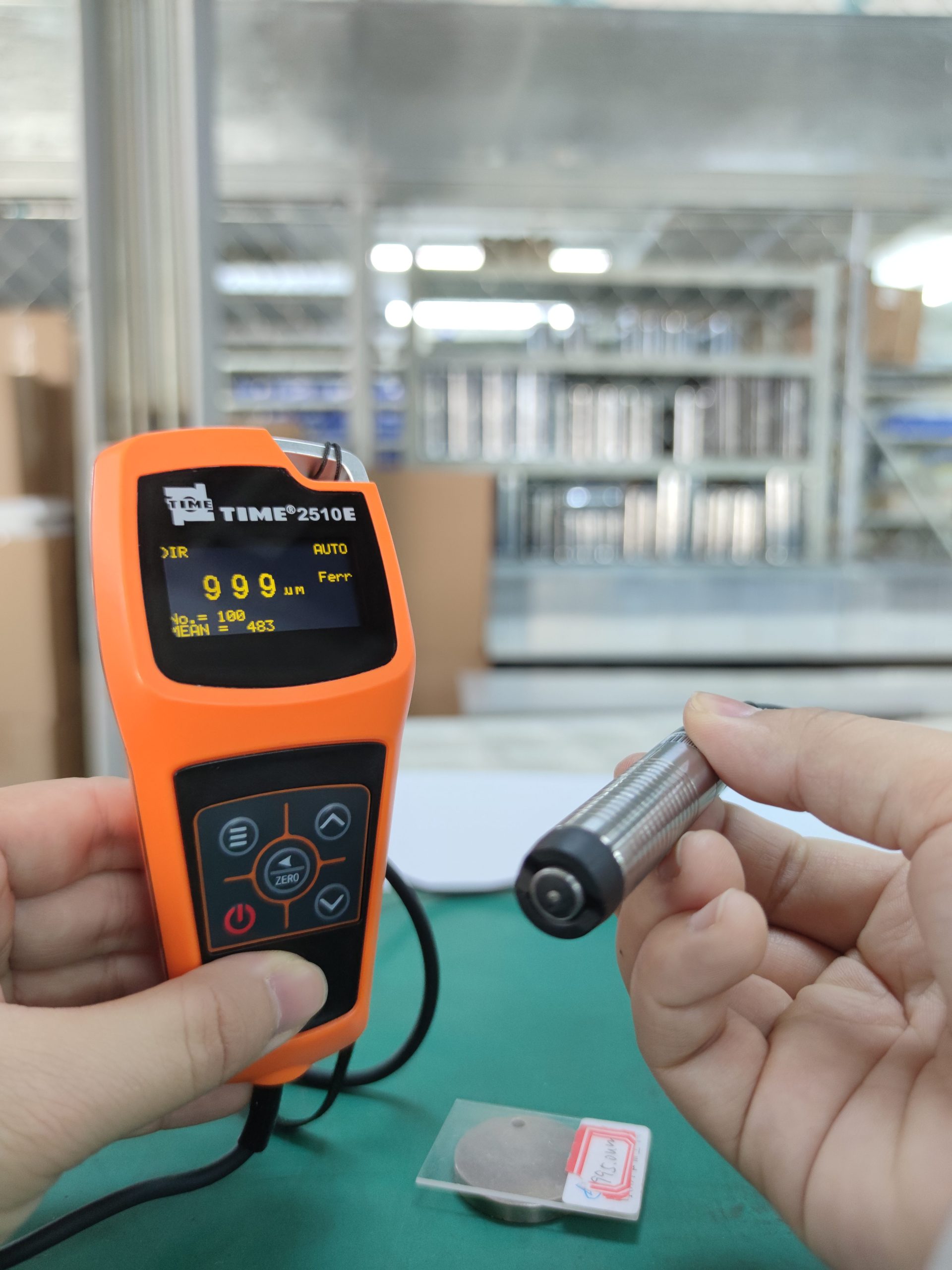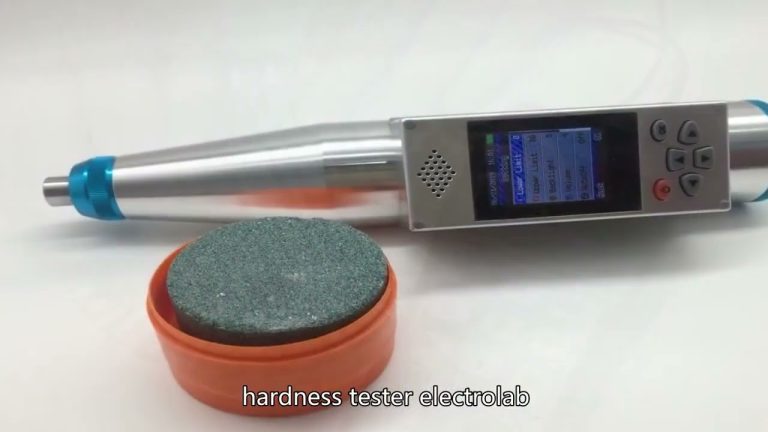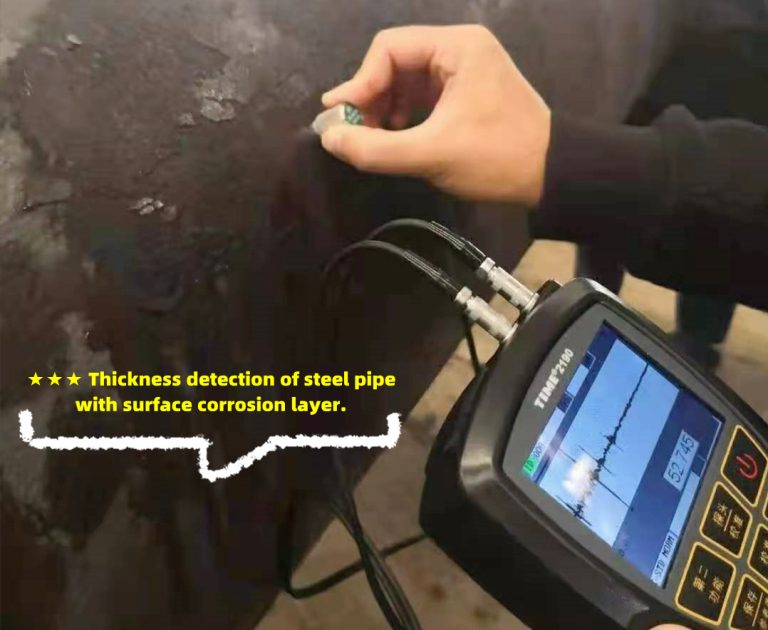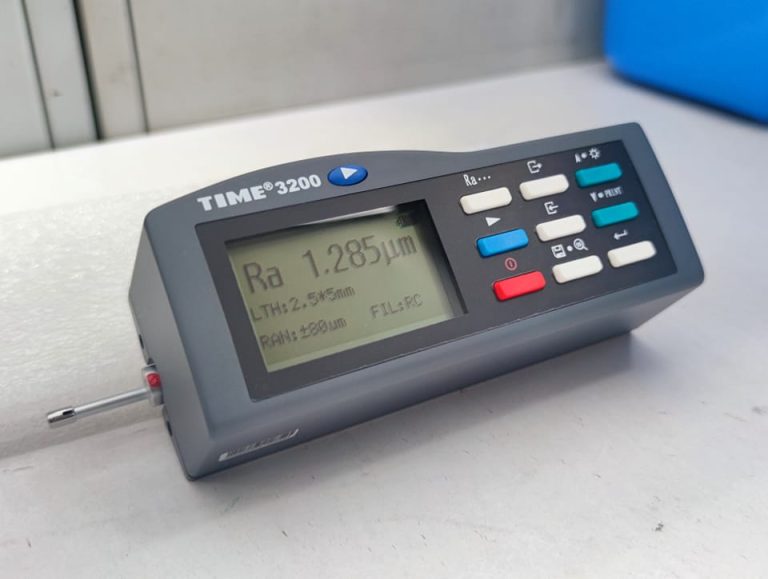Ten influencing factors of coating thickness measurement by magnetic method.
- Base metal magnetic properties
Magnetic method of thickness measurement by the base metal magnetic changes (in practice, mild steel magnetic changes can be considered as slight), in order to avoid the impact of heat treatment and cold processing factors, should be used with the specimen base metal has the same properties of the standard piece of calibration instrument; can also be coated with the specimen to be used for calibration. - Electrical properties of base metal
The conductivity of the base metal has an influence on the measurement, and the conductivity of the base metal is related to its material composition and heat treatment method. The instrument is calibrated using a standard piece with the same properties as the base metal of the specimen. - Base metal thickness
Each instrument has a critical thickness of the base metal. Greater than this thickness, the measurement is not affected by the thickness of the base metal. - Edge effect
This instrument is sensitive to steep changes in the shape of the specimen surface. Therefore measurements near the edge of the specimen or inside corners are unreliable. - Curvature
The curvature of the specimen has an effect on the measurement. This effect always increases significantly with decreasing radius of curvature. Therefore, measurements on the surface of a curved specimen are unreliable. - Deformation of the specimen
The probe deforms soft-covered specimens and therefore reliable data cannot be measured on these specimens. - Surface roughness
The surface roughness of the base metal and cover layer has an effect on the measurement. The effect increases as the roughness increases. Rough surfaces cause systematic and accidental errors, and the number of measurements should be increased at each measurement at different positions to overcome such accidental errors. If the base metal is rough, must also be uncoated roughness similar to the base metal specimen to take a few positions to calibrate the zero point of the instrument; or with the base metal does not corrode the solution dissolved to remove the covering layer, and then calibrate the zero point of the instrument.
8.Magnetic field
The strong magnetic field generated by various electrical equipment around will seriously interfere with the magnetic method of thickness measurement.
9.Adhesion
This instrument is sensitive to the adhering substances that prevent the probe from making close contact with the surface of the covering layer, therefore, it is necessary to remove the adhering substances in order to ensure direct contact between the probe of the instrument and the surface of the tested parts. - Probe pressure and side head orientation
The amount of pressure exerted by the probe tip on the test piece affects the measurement reading, so it is important to keep the pressure constant. The way the probe head is placed has an effect on the measurement. The probe should be kept perpendicular to the surface of the specimen during the measurement.








